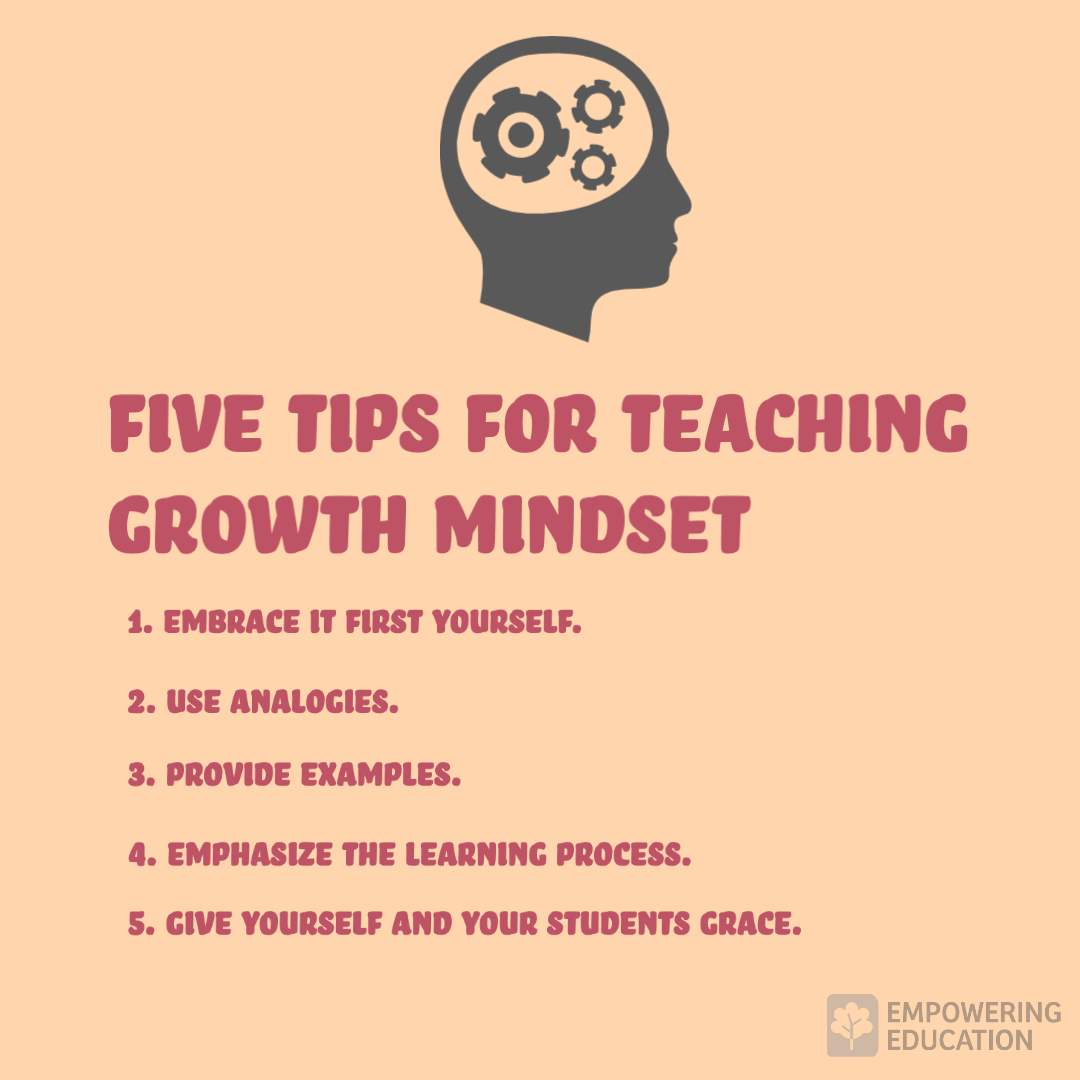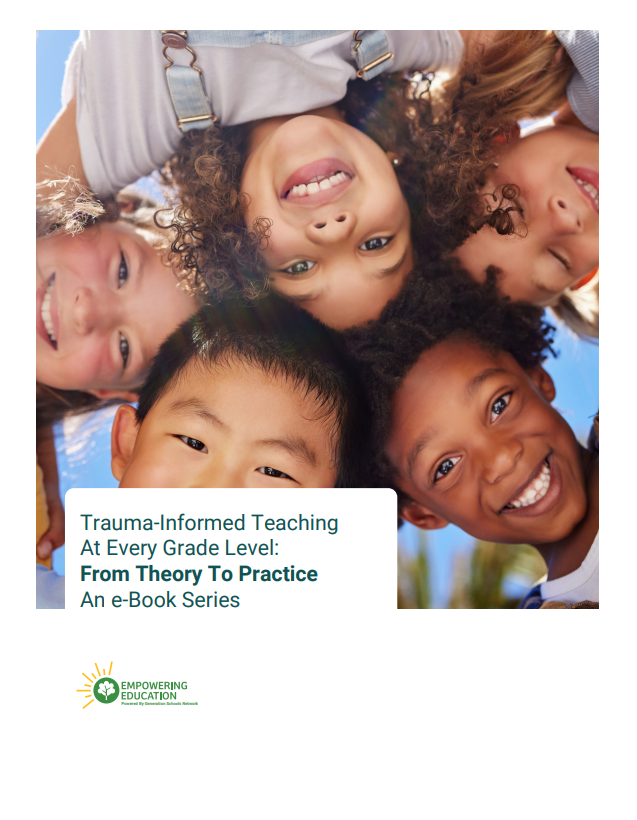Introduction to Growth Mindset Teaching
Guest post contributed by Big Life Journal
Growth mindset burst onto the education scene in the mid-2000’s, and its popularity continues to increase. Despite the buzz around growth mindset, the term is commonly misunderstood. Even adults who do understand growth mindset often struggle to teach it to others.
- The true meaning of growth mindset
- Why growth mindset matters
- How to teach growth mindset to others
If you’re looking for a more in-depth look at how to teach growth mindset to kids, take a look at Empowering Education’s full lesson for elementary students.
What Is Growth Mindset?
The concept of growth mindset was established by psychologist Carol Dweck. Dweck explains that a mindset is a theory that people hold about themselves. Our mindsets profoundly impact learning, achievement, relationships, and overall success and well-being.
Dweck’s research centers on the distinction between “fixed mindset” and “growth mindset.” To understand more about the difference between a fixed mindset and a growth mindset, listen to this podcast by John Kim and Noelle Cordeaux.
Growth Mindset Vs. Fixed Mindset
Basically, people with a fixed mindset believe that qualities, like intelligence and talent, are fixed, unchangeable traits. Since they believe abilities are innate, they don’t spend time or effort developing them. Students with a fixed mindset typically shy away from challenges, fearing that poor performance will confirm they are “dumb” or “can’t learn.”
On the other hand, people with a growth mindset believe that talent and intelligence can grow with practice, effort, and experience. Students with a growth mindset embrace challenges. They view obstacles and even mistakes as opportunities to learn and grow. They know they can develop their abilities through hard work, persistence, and asking for help when needed. Growth mindset empowers students to take risks and keep trying until they learn and improve.

5 Tips For Teaching Growth Mindset:
It’s clear that growth mindset can help students reach their fullest potential, but how do we teach it? Here are a five tips to get you started:
1. Embrace growth mindset for yourself first. Carol Dweck emphasizes that before adults can teach growth mindset to children, they must internalize it themselves. Examine your fixed mindset triggers and work on them, and you’ll be better equipped to walk children through a similar process.
2. Provide an intro to growth mindset with analogies. Use analogies to explain to children that when you do the same task over and over, you build pathways in the brain. These pathways make the task faster and easier in the future. It’s like building a bridge to cross a ravine, or like walking through a field with tall, overgrown grass. Keep crossing the field, even though it’s hard work, and you’ll eventually create a path through the tall grass.
3. Introduce growth mindset with examples. Talk to children about tasks that used to be difficult, like riding a bike. Say, “Remember how difficult it was when you first tried to ride a bike? Your brain had to think about steering, pedaling, and staying balanced, all at the same time. You probably even fell a few times. But you kept riding your bike, and your brain created a ‘bike-riding’ pathway. Now, you can ride your bike without even thinking about it!”
4. Emphasize the learning process. Practicing a growth mindset means focusing on the learning process more than outcomes. When students struggle, support them in finding a more effective strategy. Once the student makes progress or solves the problem, praise them for sticking with it until they found a strategy that worked. Help students experience firsthand how effort can lead to progress and success.
5. Give yourself and your students grace. Even Carol Dweck doesn’t have a growth mindset all the time. Be patient with yourself and your students. Growth mindset is an ongoing journey that you can take together.
In a growth mindset, people see brains and talent as merely a starting point. They feel inspired to take risks, occasionally fail, and then try again. And again. For children, this creates curiosity, resilience, and a love of learning that are essential to achievement.
Embark on your own growth mindset journey, use analogies and examples to explain the concept to children, emphasize the process, and be patient along the way, and you’ll instill this vital mindset in the children in your life. We hope that this intro to growth mindset has been helpful to you. Happy growing!


